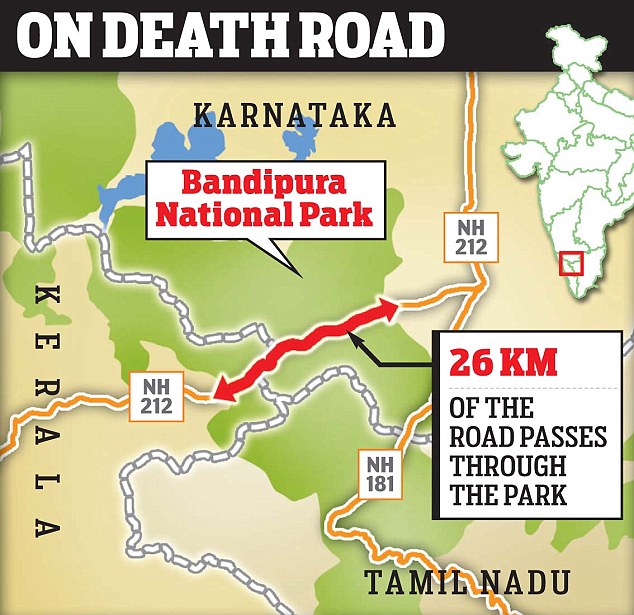7667766266
enquiry@shankarias.in
Why in news?
The Centre has asked Karnataka the consent to allow night traffic on the highway passing through Bandipur Tiger Reserve.
What and why is the current restriction?

What is the contention?
What is the Centre's proposal?
What are the larger concerns?
What is the policy in this regard?
What lies ahead?
Source: Indian Express